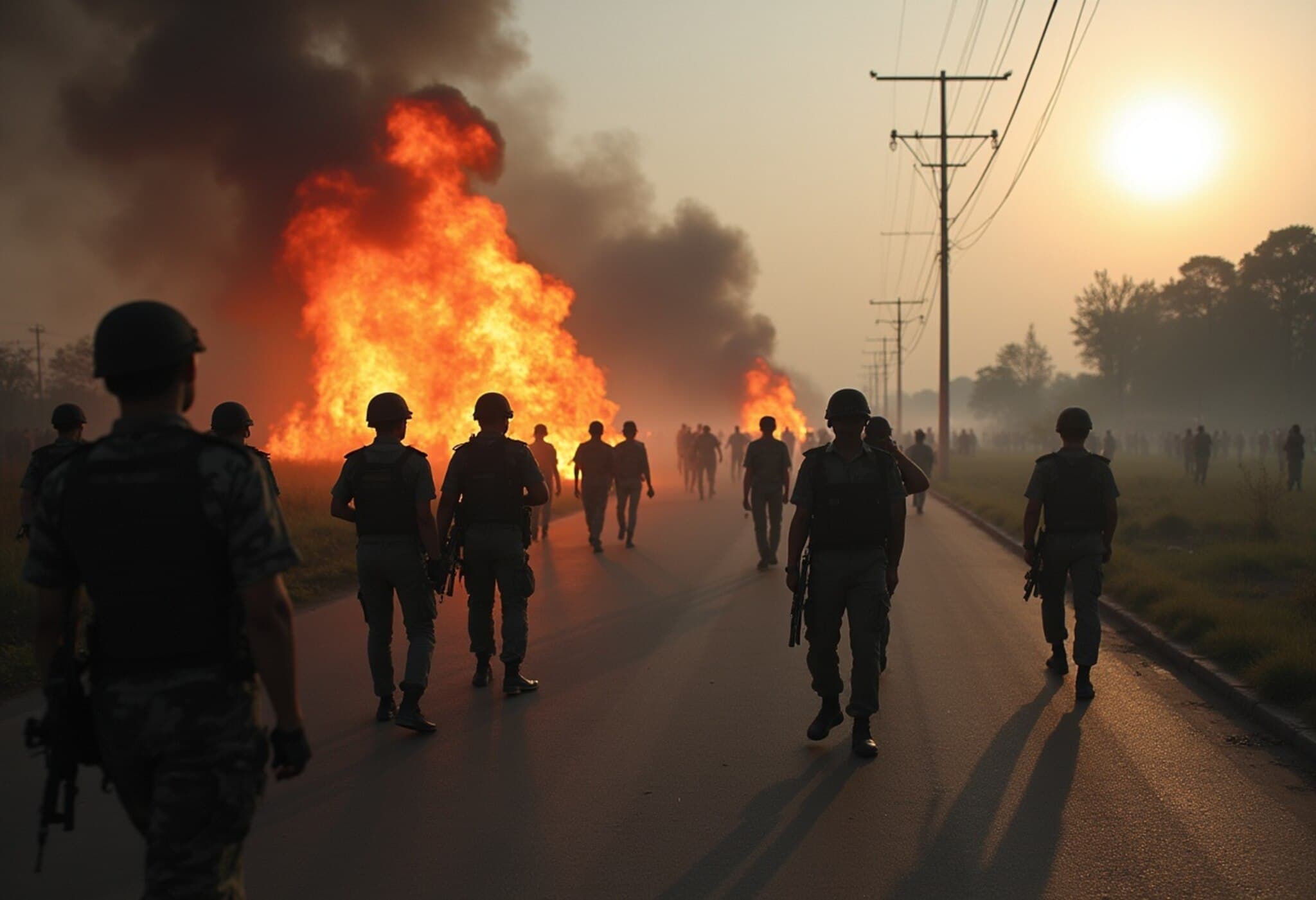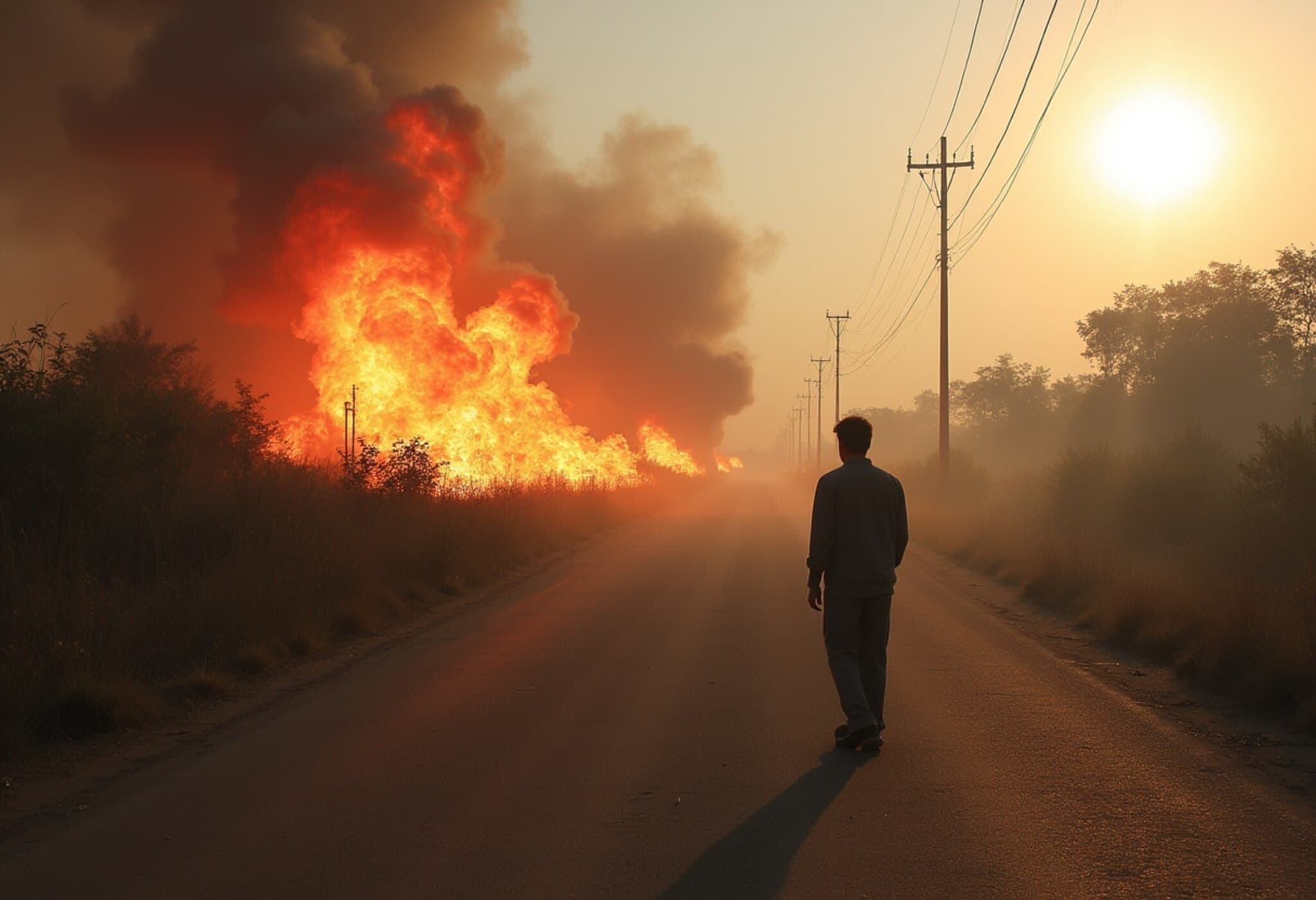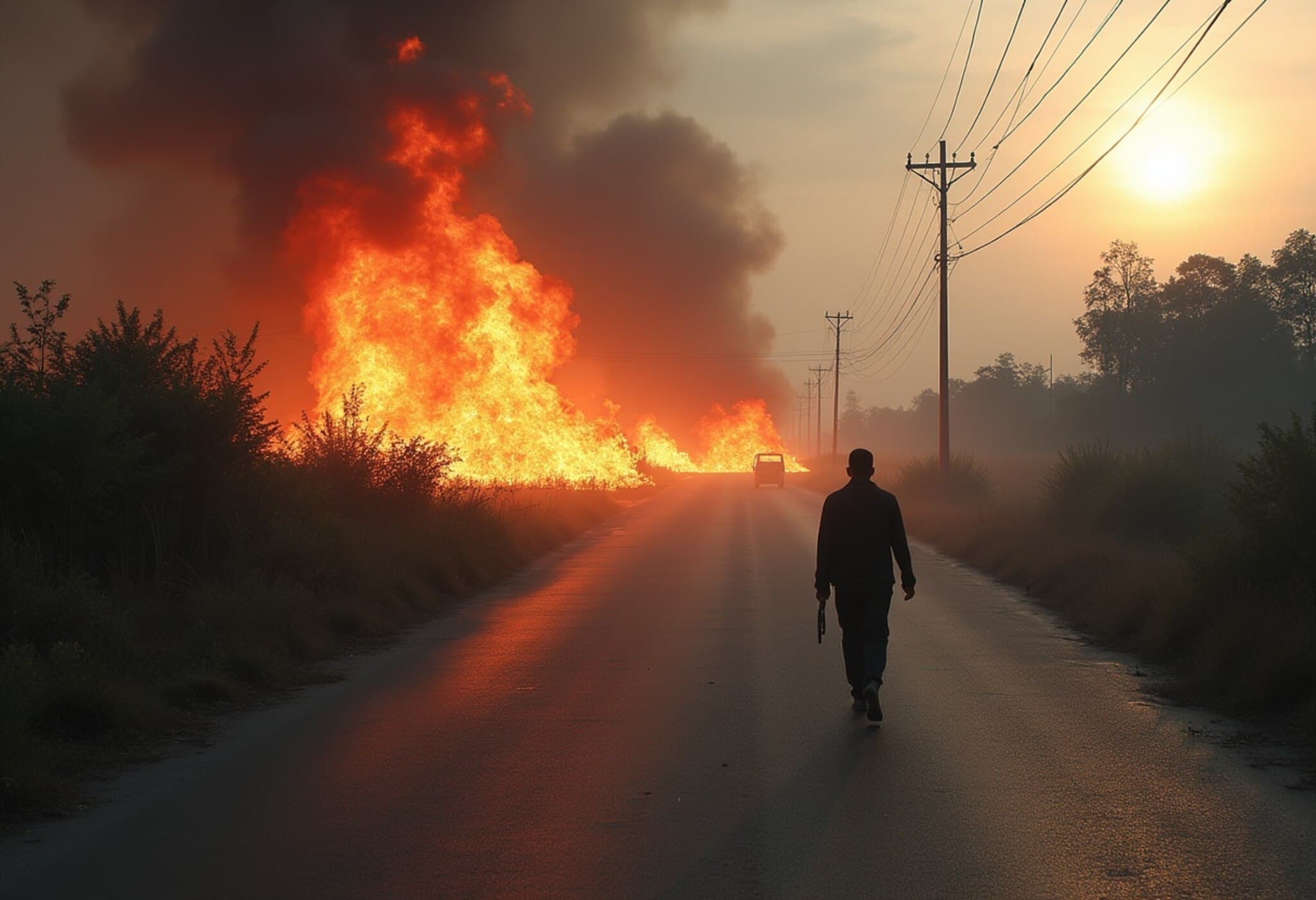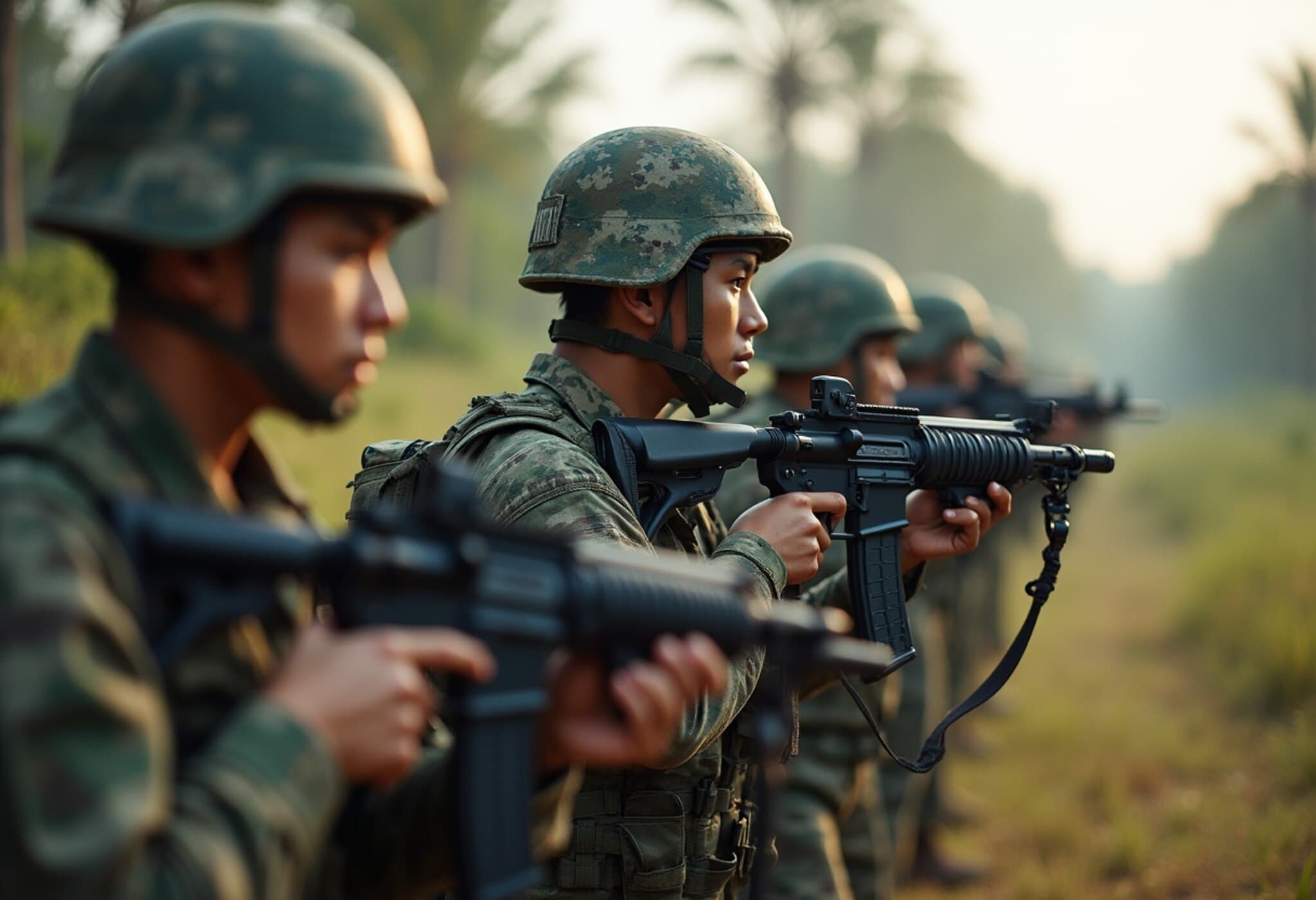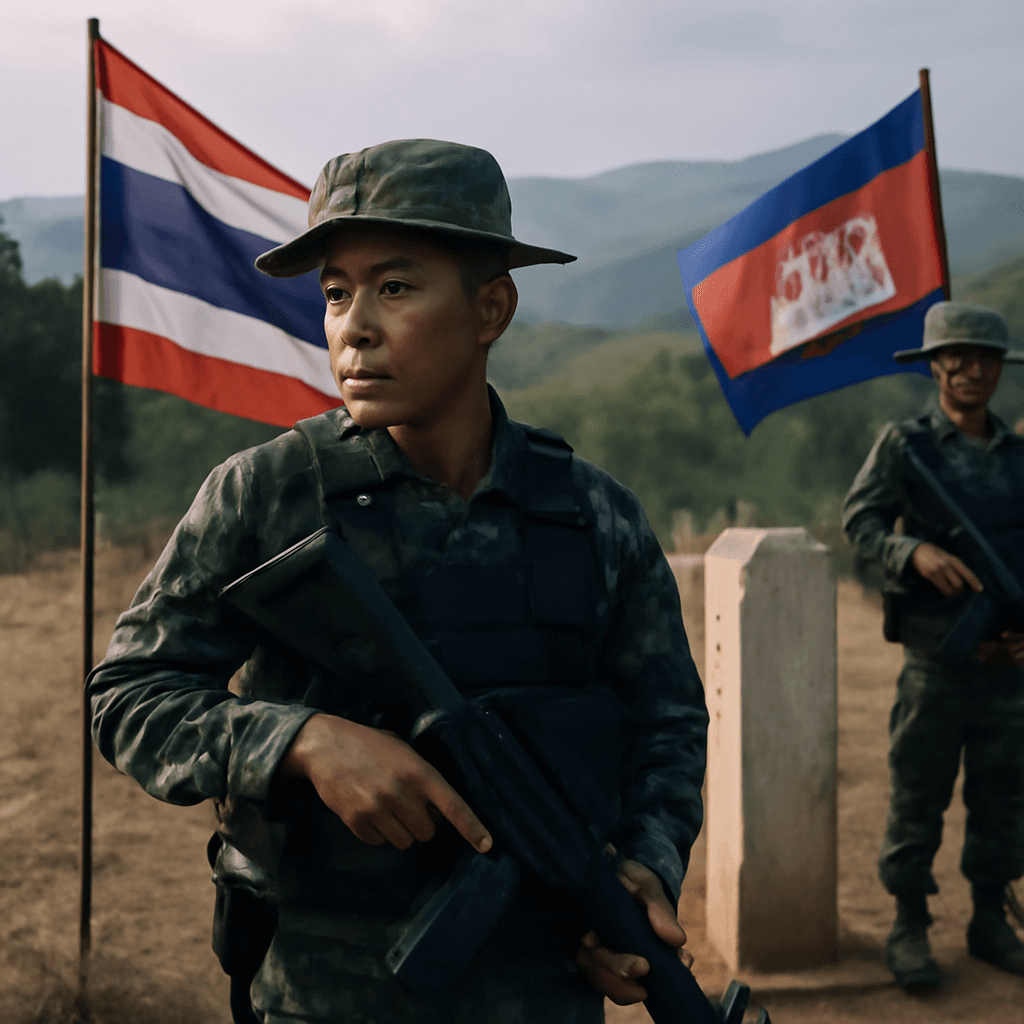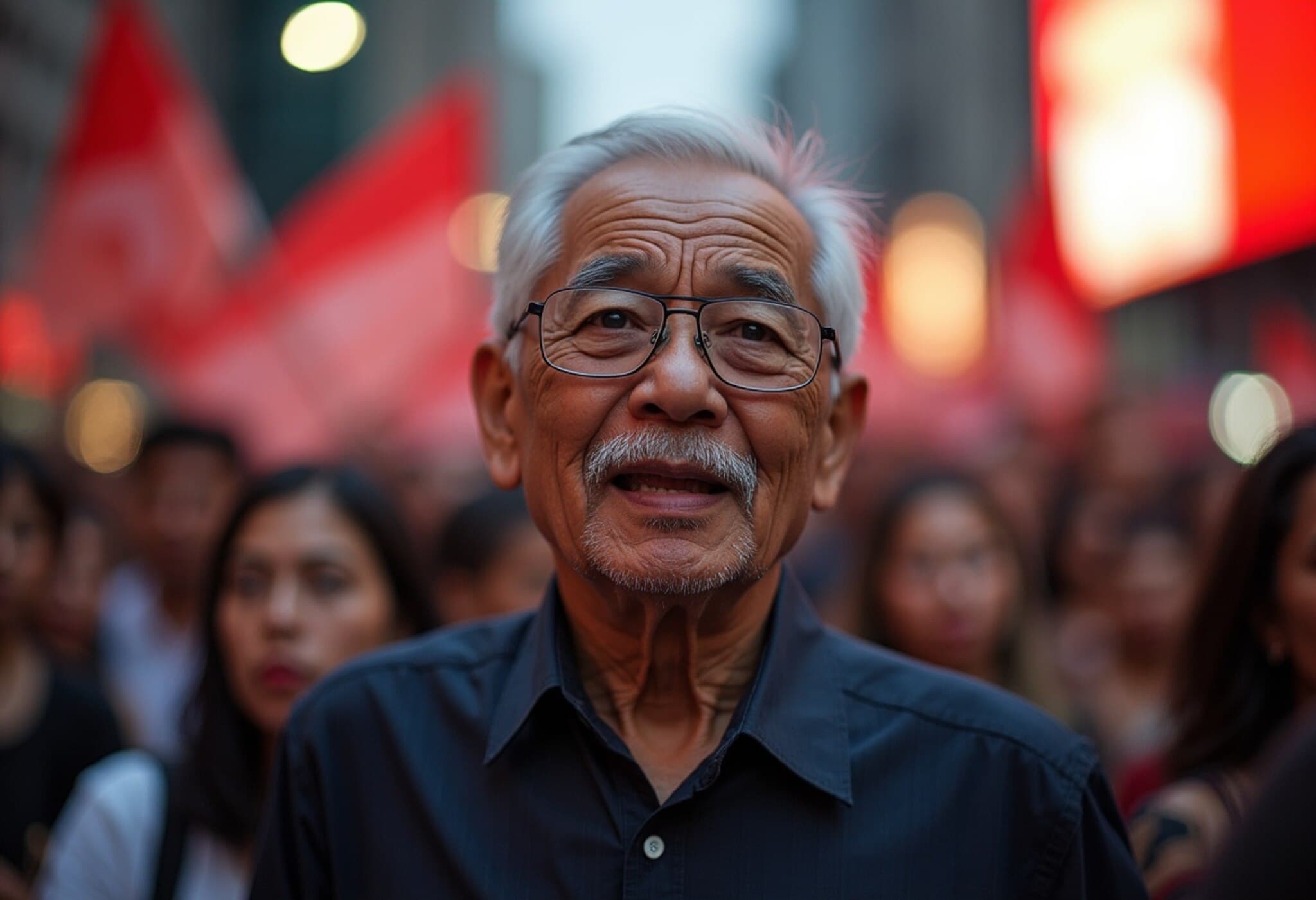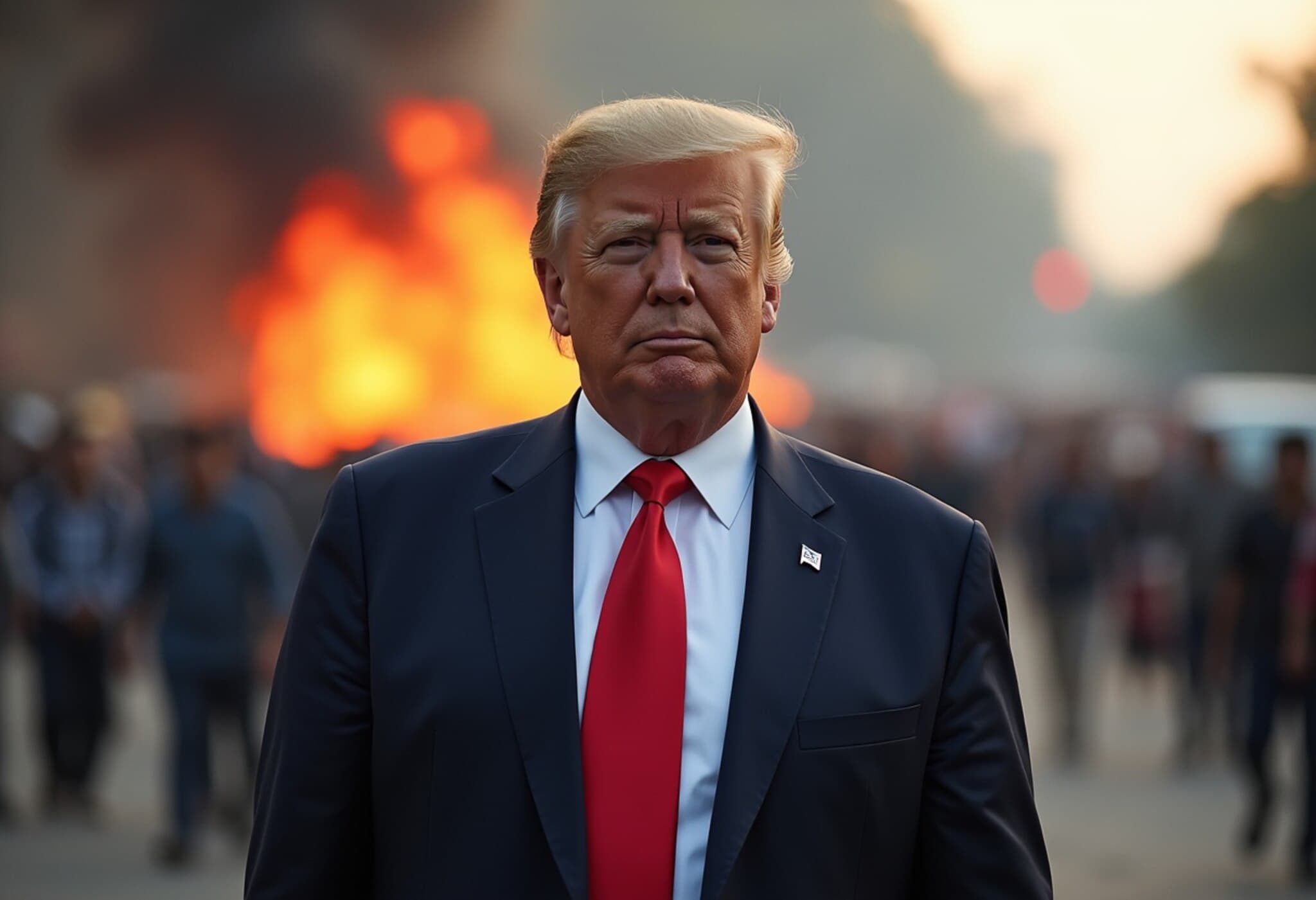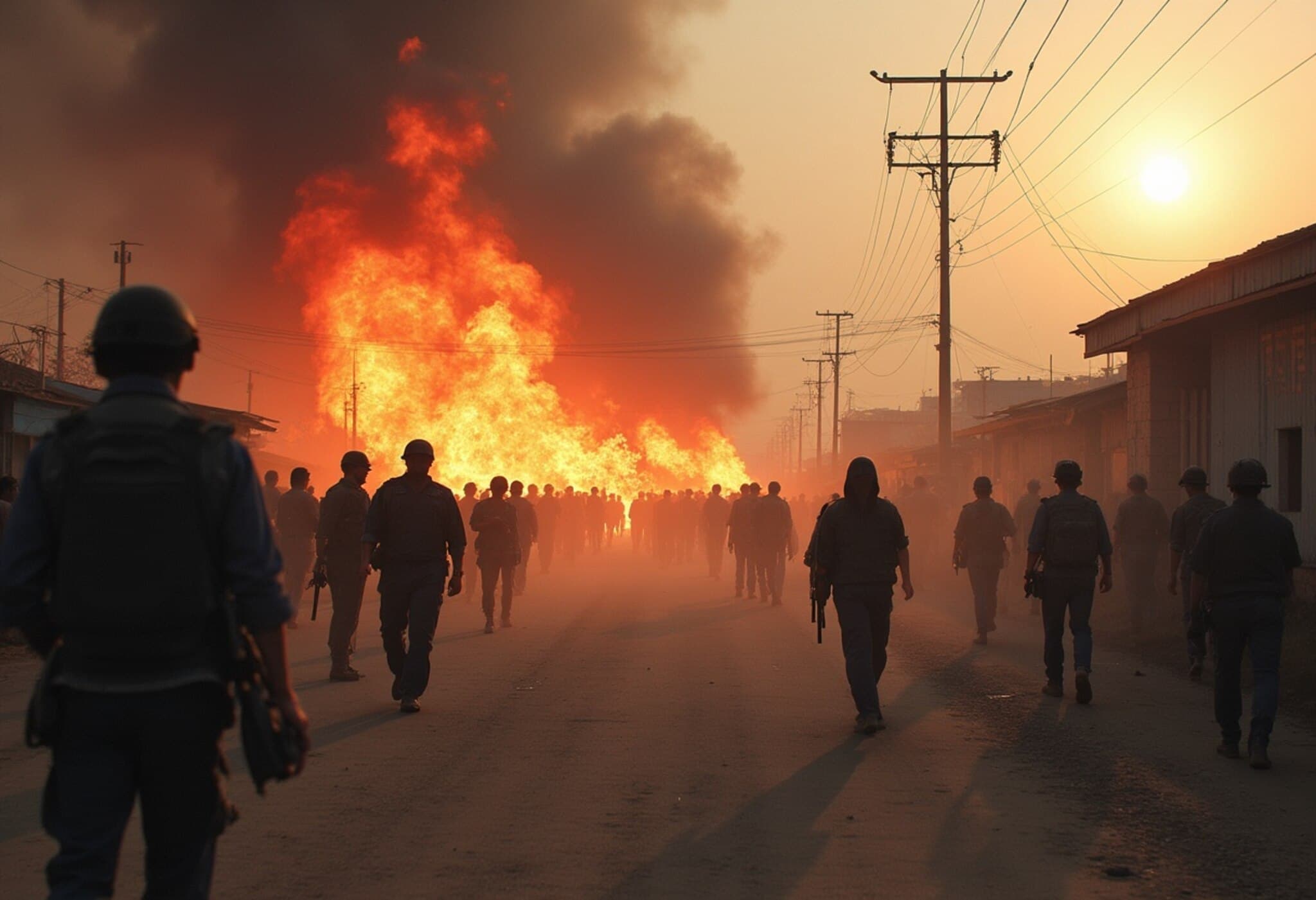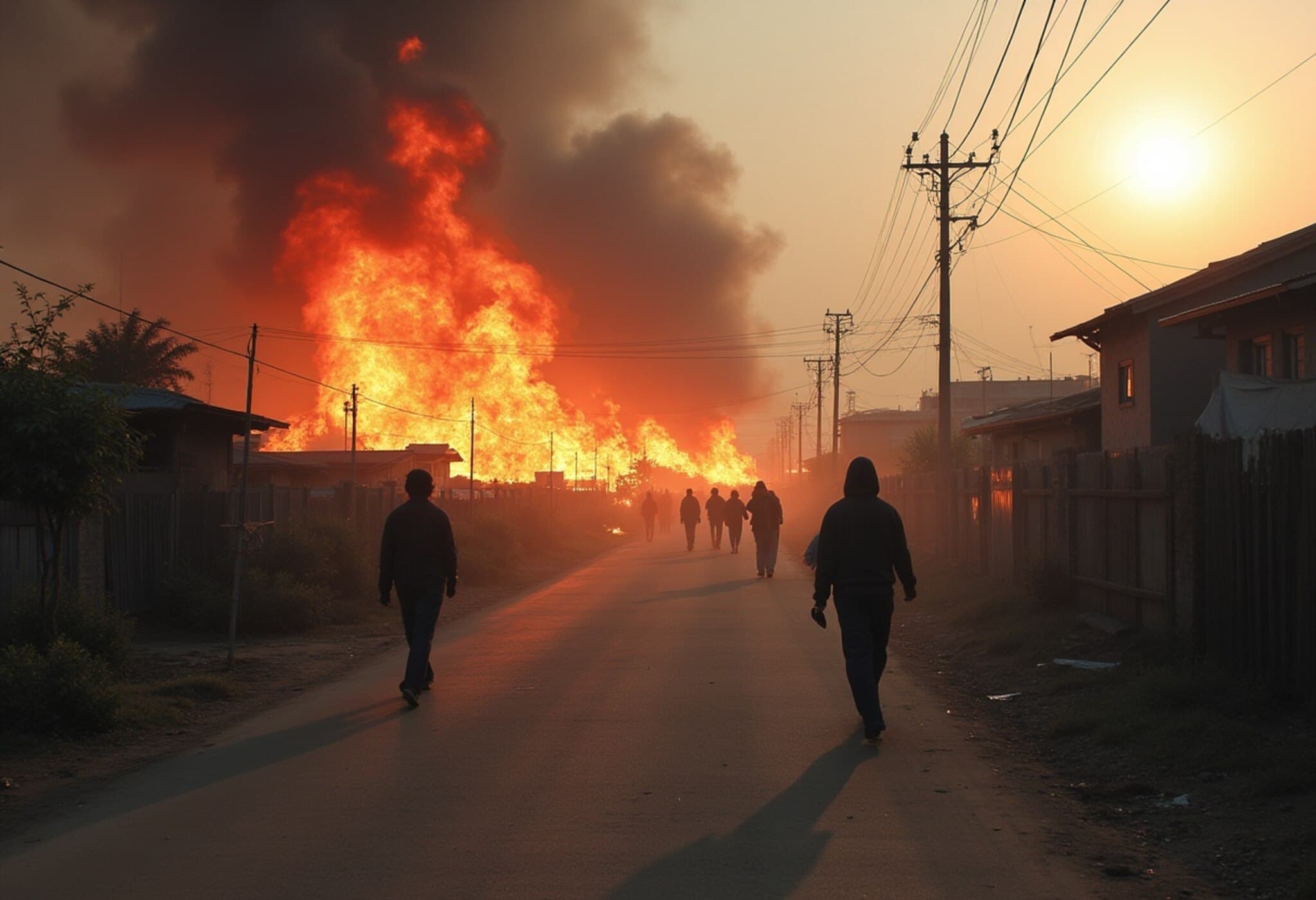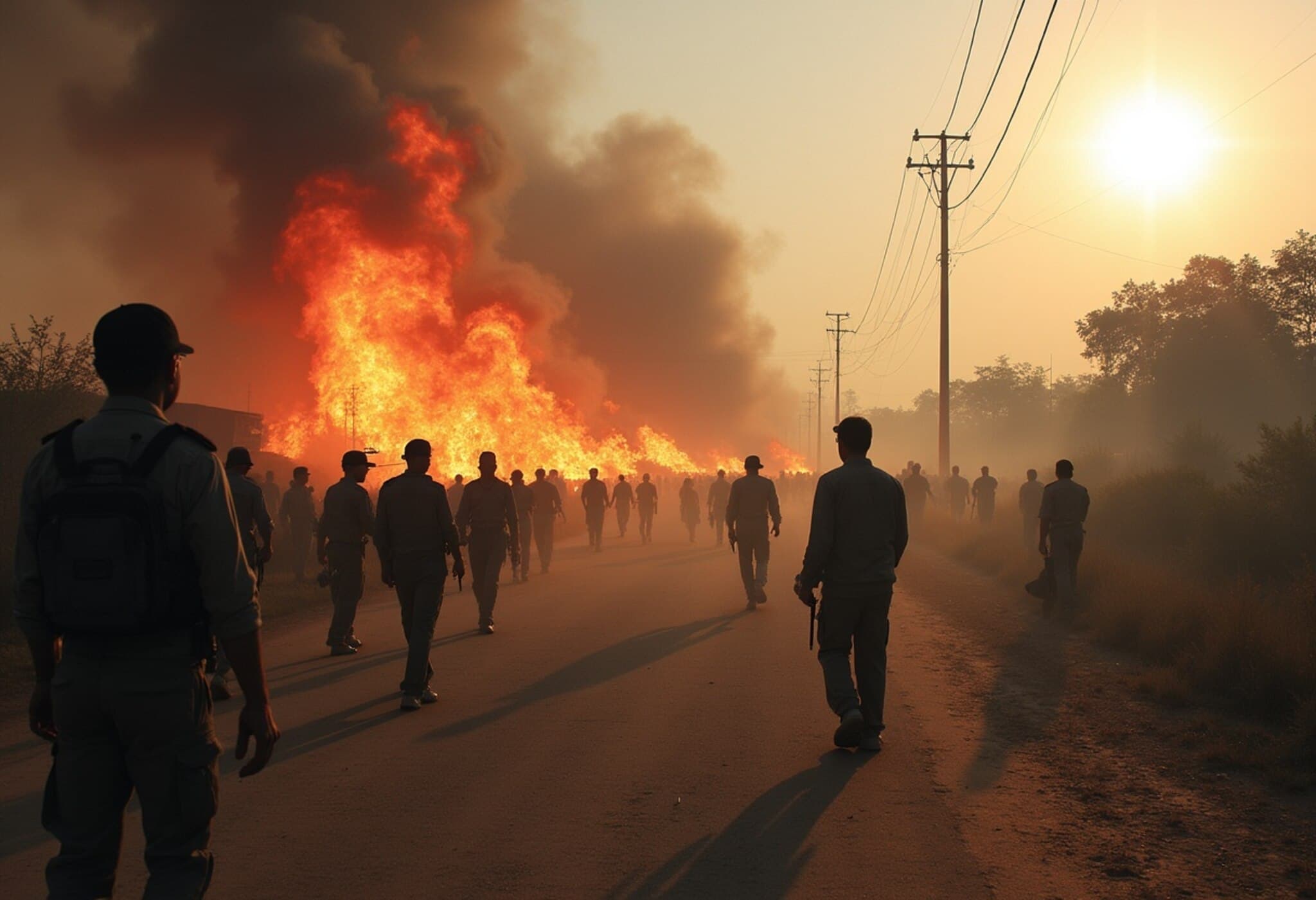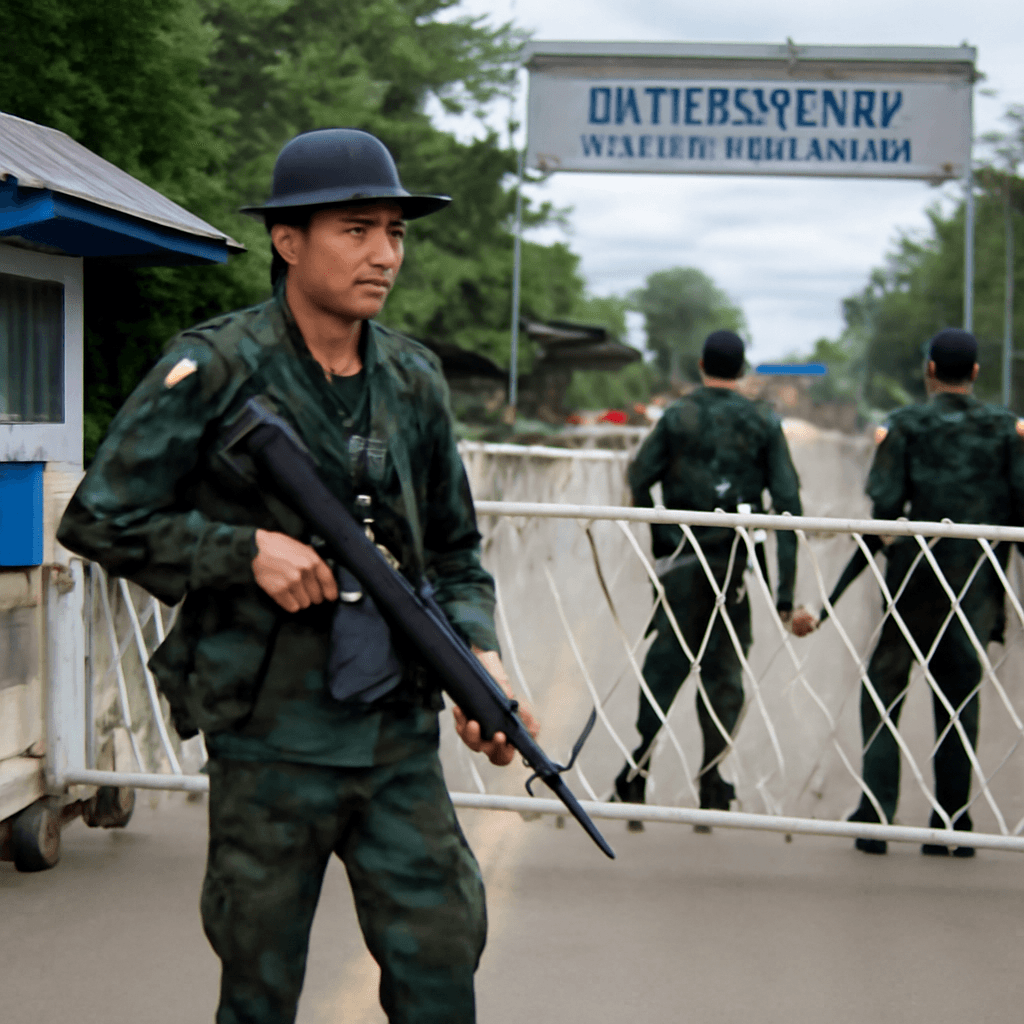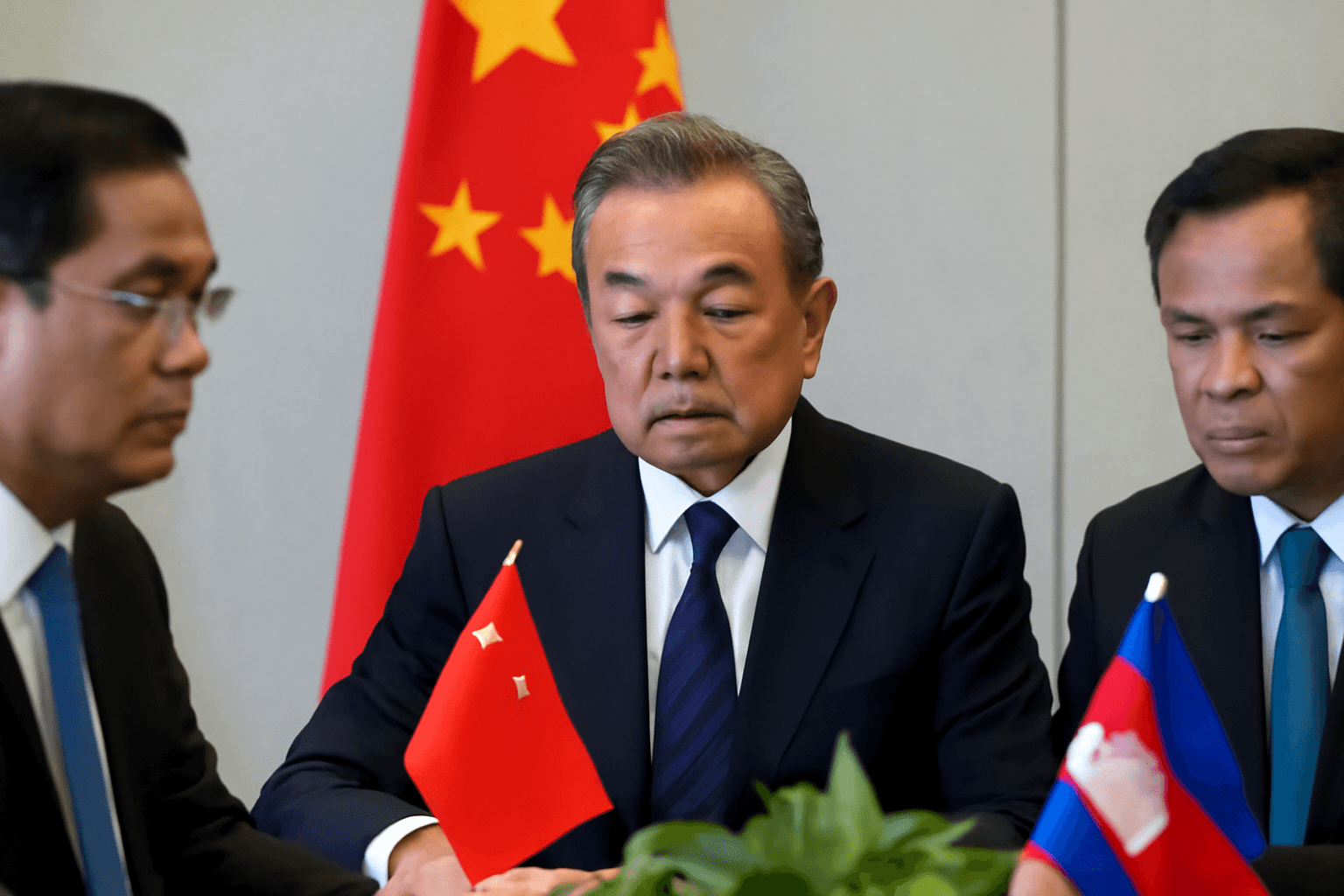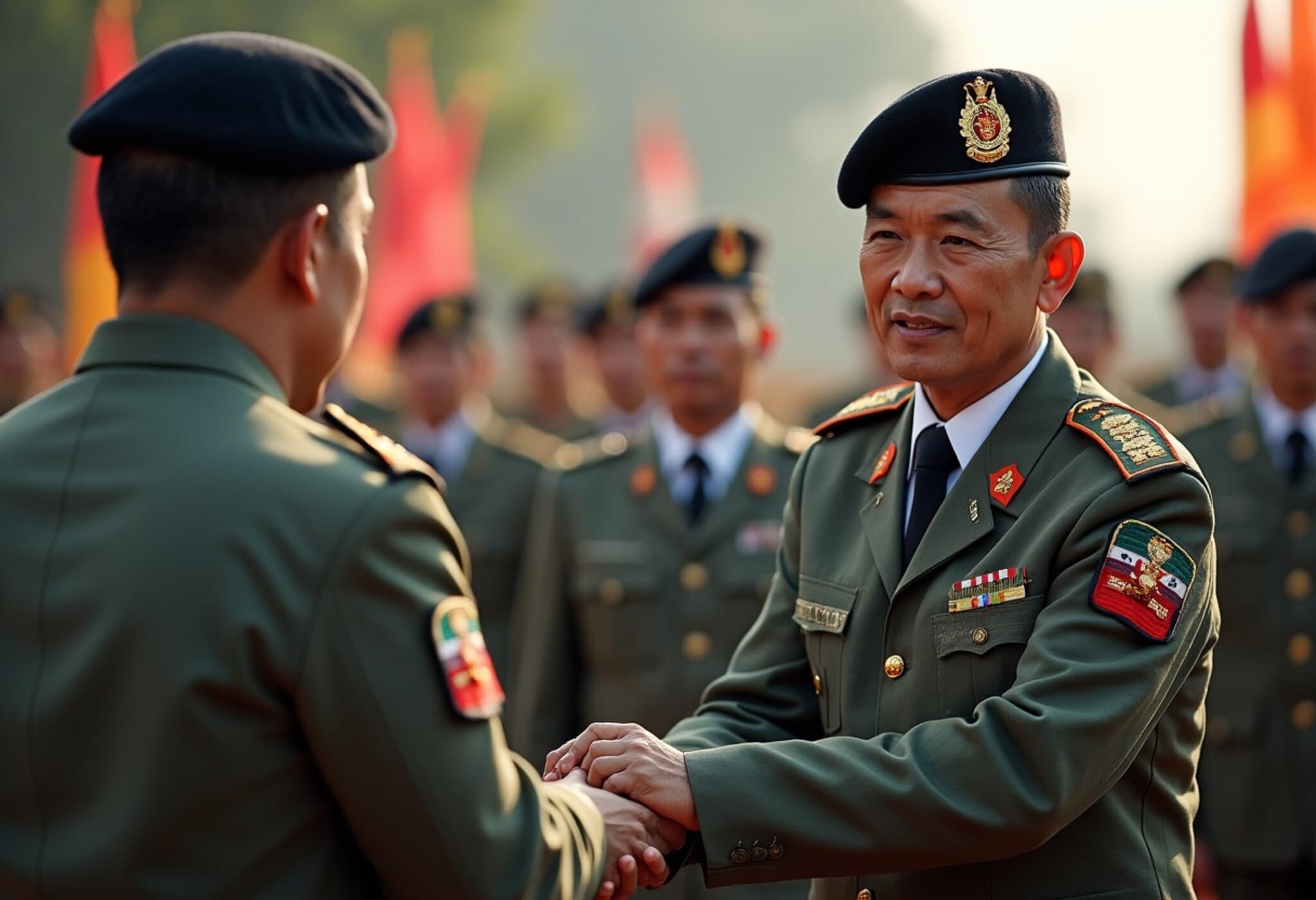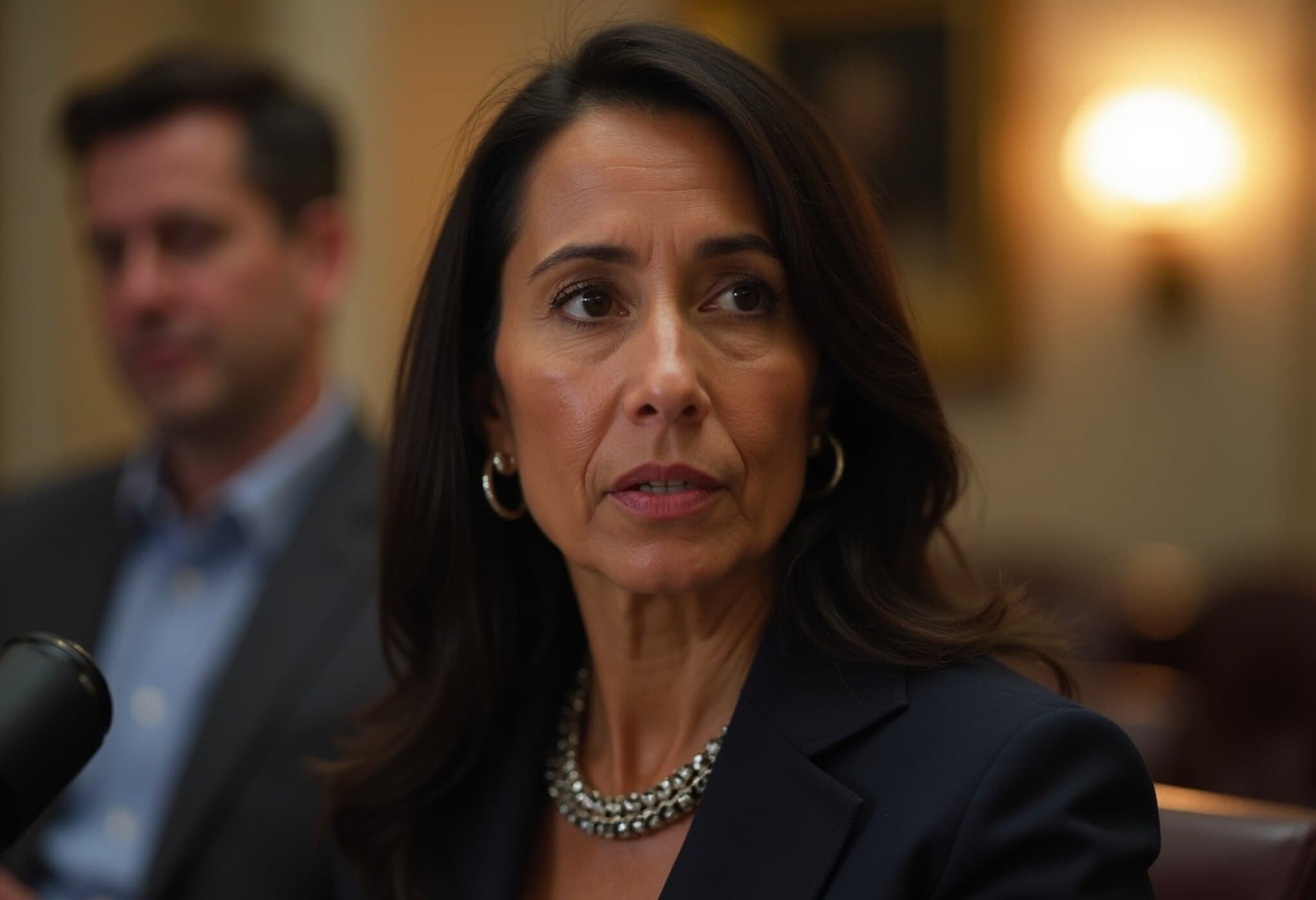Renewed Border Clashes Between Thailand and Cambodia Stir Regional Tensions
Early Thursday, armed confrontations erupted along the contentious border between Thailand and Cambodia, as both nations' militaries accused each other of initiating gunfire near the historically sensitive Ta Moan Thom temple area. The incident underscores longstanding territorial disputes that have periodically flared into conflict in this geopolitically delicate region.
What Happened at the Border?
The Royal Thai Army reported that Cambodian forces opened fire first and escalated the situation by deploying a surveillance drone before advancing into the contested zone armed with heavy weaponry. In stark contrast, Phnom Penh's Defense Ministry characterized the encounter as a defensive response to an unprovoked incursion by Thai troops.
This bitter exchange comes on the heels of diplomatic upheaval: Thailand recently recalled its ambassador to Cambodia and declared its intention to expel Cambodia’s envoy from Bangkok. These moves followed a grievous injury suffered by a Thai soldier who lost a limb due to a landmine explosion within the disputed territory—a tragic recurrence that has agitated tensions further.
Landmines—A Lingering Legacy of Conflict
The landmine detonations have become a grim symbol of the unresolved conflict. Thailand accuses Cambodia of recently planting these hazardous devices, a claim strongly rejected by Cambodia. Experts and demining organizations highlight that Cambodia’s territory is heavily contaminated with millions of landmines, remnants from decades of civil war, posing ongoing dangers to civilians and militaries alike.
Beyond the Clashes: Regional and Global Implications
Border disputes between Thailand and Cambodia are not merely localized conflicts but carry broader implications for ASEAN’s stability and regional security frameworks. The international community, including U.S. policymakers, views such skirmishes with concern due to the potential for escalation that could disrupt economic ties and peace initiatives in Southeast Asia.
Expert Analysis: According to military analyst Dr. Anan Santiprasong, "These clashes reveal entrenched nationalist posturing fueled by historical grievances and strategic territorial significance. The area near Ta Moan Thom temple is not only symbolically important but also strategically vital, complicating diplomatic solutions."
Both governments face domestic pressure to adopt hardline stances, which risks undermining diplomatic efforts and long-term peace. The challenge remains to de-escalate tensions while addressing the humanitarian crisis posed by landmines without blame-shifting.
What’s Next?
- Calls for international mediation to resolve territorial disputes peacefully.
- Increased attention to humanitarian demining efforts in border regions.
- Potential influence on ASEAN’s role as a peacebuilding entity.
- Heightened need for confidence-building measures to prevent accidental escalation.
As this situation develops, the global community watches closely, urging restraint and a commitment to dialogue through established diplomatic channels.
Editor’s Note
While headlines focus on immediate military exchanges, it is crucial to remember the deep historical, political, and humanitarian dimensions driving this border conflict. The recurrent landmine casualties spotlight the urgent need for comprehensive mine clearance programs and renewed cross-border cooperation. Furthermore, the responses by both governments reveal a broader narrative about national identity, sovereignty, and regional power balances in Southeast Asia that merits sustained international engagement.
Readers are encouraged to consider how historical legacies influence modern conflicts and the role of diplomacy in mitigating such deeply rooted disputes.

